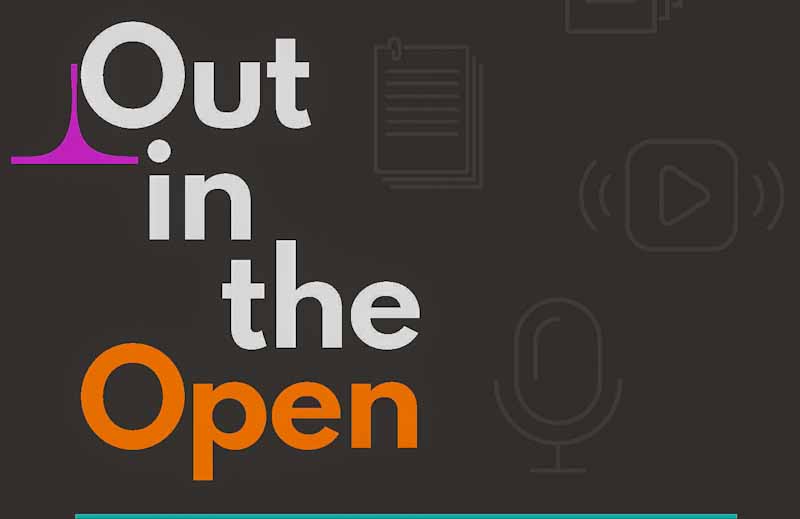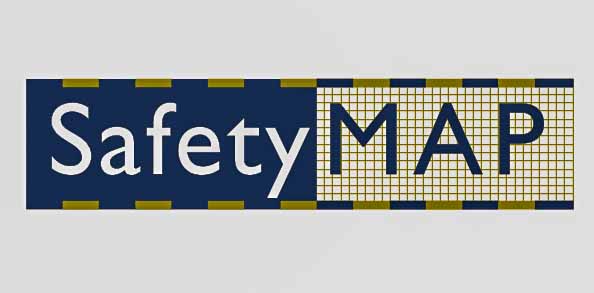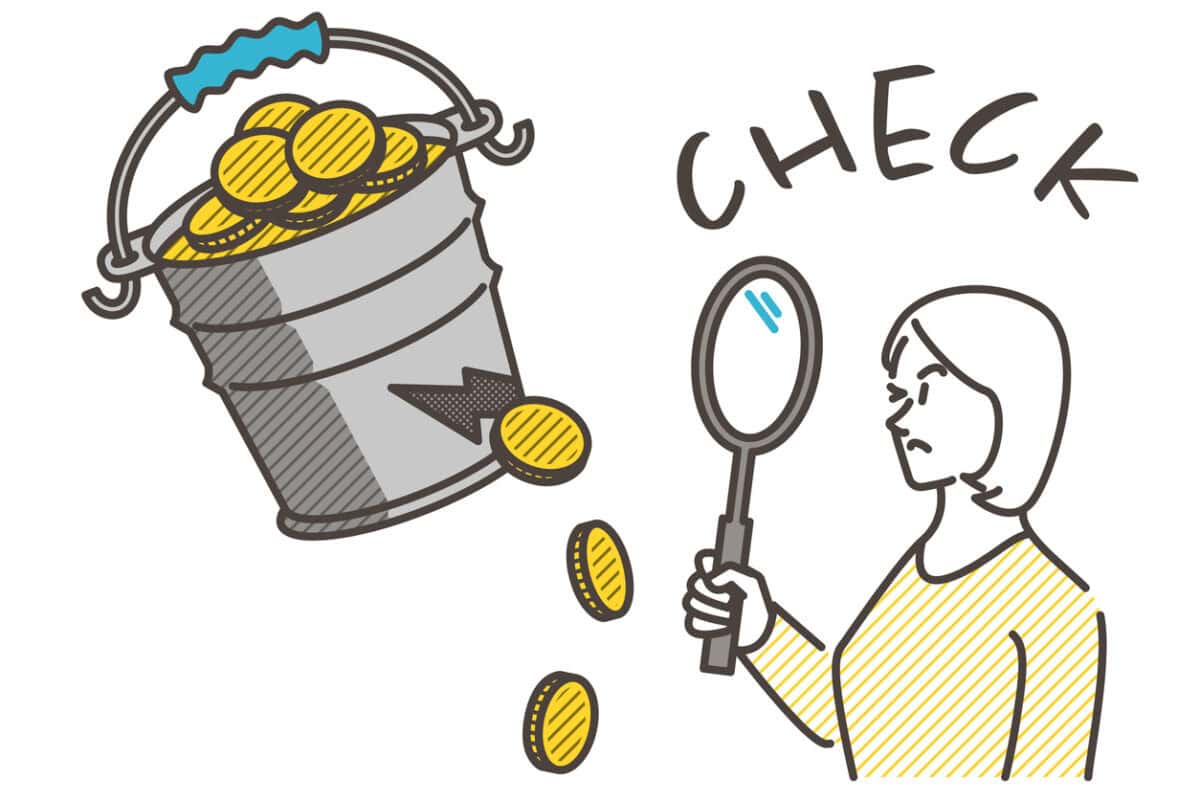Australia’s news media is reporting a shocking report about the workplace culture of parts of the Nine Entertainment organisation – bullying, sexual harassment, abuse of power – all the elements of organisational culture that can be found in any company if one scratches the surface. Scratching is one of the aims of the occupational health and safety (OHS) discipline – investigating the causes of harm at the source.
Category: business
“Does my business comply with the OHS/WHS law?”
Employers struggle to know if their businesses comply with the local occupational health and safety (OHS) or work health and safety (WHS) laws. They always have and, likely, always will. Employers are hungry for certainty and are often annoyed with OHS advisers who refuse to give a definitive answer to the question in this article’s title.
In the 1990s, particularly in Victoria, there was almost a frenzy for a simple audit tool developed through WorkSafe Victoria called SafetyMAP. It disappeared well over a decade ago, but my Goddess, it was popular, and small business operators especially wanted it. Even when its effectiveness was questionable.
“Can I afford OHS?”
When you fail to speak in support of occupational health and safety (OHS) or, perish the thought, speak against OHS, you must be speaking in support of profit. Some would say the connection is not that simple, but really, it is.
Employers’ critical concern is, “Can I afford OHS?” This question shows a misunderstanding of OHS’s role in business success and continuity. The question would not occur if OHS had been integrated into the design of the business, its operations, and profit forecasts. OHS costs a lot more when it needs to be retrofitted to an existing company.
Another alleged work-related death at EY. This time – India
The workplace culture of EY and other major consulting companies came under scrutiny several years ago following an apparent work-related suicide at the offices of EY in Sydney. EY’s workplace culture is again being examined after the death of a young EY employee in India, allegedly due to work stress.
Business values and OHS impacts
No one outside occupational health and safety (OHS) talks about OHS. Outside of scandals and disasters, OHS is a fringe consideration, especially in the media—social and mainstream. So, OHS needs to insert itself into mainstream conversations. The column by economics journalist Ross Gittins in The Age newspaper on September 23, 2024, says much about OHS without mentioning it.
Trust your gut
Recently, a former occupational health and safety (OHS) official from SouthEast Asia told me a story about how his “gut” gave him a feeling about employers and companies that did not have a genuine commitment to improving the safety and health of their workers. OHS needs evidence-based decisions, but after a few years, that evidence and experience can become internalised so one’s “gut feeling” can provide a compelling clue about workplace safety culture.
“How can I make my workers safer?”
Most of the Australian occupational health and safety (OHS) regulators have released their calendars of events for October. There are many invaluable events, especially for those in small- to medium-sized businesses or who have been delegated as “responsible” for OHS in those companies. There are several special events and symposiums for those of working in OHS full time, but here are three themes that I would like to see discussed during the 2024 National Safe Work Month?
Continue reading ““How can I make my workers safer?””






